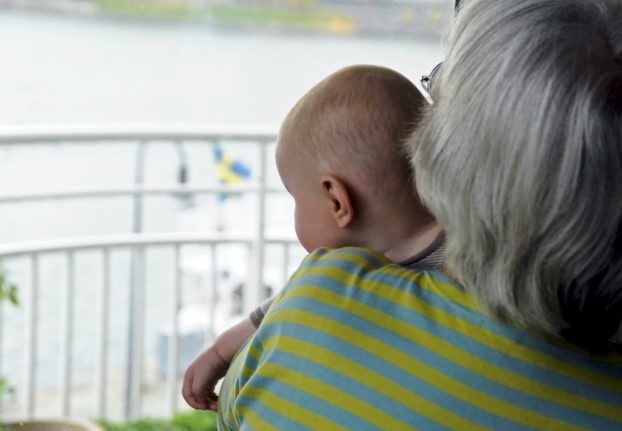It doesn’t take long for me and my wife's shared parenting blog to paint me as the 'super dad'. I last cleaned our home as long ago as a couple of weeks back.
A few weeks before that, my wife Angelica had been out with her girlfriends for dinner and other festivities and I was home with the children. For Angelica and me there isn’t anything strange about that. Yet the comments section is overflowing with comments like “Angelica should consider herself so lucky to have a husband like you,”, “Imagine if my husband could be like you” and more.
Simply put, with this article I want to say that it's not that I'm good, it's that your husband is bad.
I of course do not mean that all men are bad and that only I am good. But if you live together – and above all – have children together, then, well, you live together and have children together. The word that needs emphasizing here is precisely the word ‘together’. It isn’t you as a mum who has children.
The children usually have a dad as well. That means that there are, pretty frequently, two parents. It doesn’t matter if you live together or are separated. You have children together. You have a shared responsibility for your child or children.
That means dad isn't a 'babysitter' when you as a mother want to go out and meet your friends. Just as it doesn't mean you as a mother should have to feel guilty when you do that, or something else fun that you enjoy doing for yourself.
As for the friends of this mother who is out without her child: she is just as fantastic as the dad who is at home with the child. Or better put, he is not a fantastic husband at all, he is a father. We have to stop glorifying fathers who take on their responsibility.
Other fathers have to stop standing on the sidelines and get into the game. If you aren’t a danger to yourself and others at work when you’re a little tired, then you can spend every other night with the children. Believe me, it’s a lot of work for the first week, then you’re used to it. You do all the nappy changes when you’re home, and if your baby is bottle-fed, you can take care of that too. At the weekends when you're both home you rotate the tasks.
You are guaranteed to be home for less time than you spend at, going to and coming from work. For every occasion you are out with your friends your partner has the right to be out with their friends. For God’s sake, take parental leave. If there is one piece of advice that I would give to all new dads out there it’s to spend time with your children, be involved, be a team.
I don’t mean to put myself on some sort of pedestal, as I’m not entirely pulling equal weight either. We haven’t shared the parental leave evenly for our two children. My wife has taken six days out of 10 of our shared leave.
We have different tasks and responsibilities at home, which is something that comes naturally. We all have different things that we take care of and which we personally think are fun. Changing and sharing the jobs is clearly something I advocate. But one thing that isn’t negotiable is every parent’s responsibility for their child or children.
I cannot understand how this isn’t obvious in autumn 2016. It isn’t so strange that women on average only earn 87% of men’s salaries out there in the wider society if the household isn’t balanced. I believe the change has to start at home, together with our children. Otherwise, what will the world we leave to our children be like once our time on it is up?
Stefan Lagergren is the author of the parenting blog herrochfrulagergren.se along with his wife, Angelica. His article was originally published in Swedish by Expressen, and translated to English by The Local's intern Jack Schofield.



 Please whitelist us to continue reading.
Please whitelist us to continue reading.